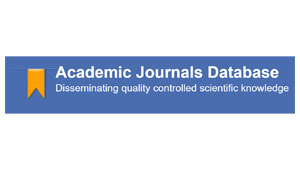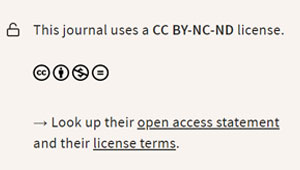Monu Yadav, Laxminarayan Das
DOI: 10.59427/rcli/2023/v23.149-156
The Extremely Severe Cyclonic Storm (ESCS) Tauktae, which made landfall on the Gujarat coast on May 17, 2021, is discussed in the current study. The analysis is based on INSAT-3D and passive microwave (PMW) images, fo-cusing on the cyclone’s eye characteristics and intensity. The satellite imag-es and products are utilized to determine the cyclone’s intensity and the spe-cific characteristics of its eye. The study showcases the variations in intensi-ty and eye features of the cyclone throughout its life span, providing insights into the process of tropical cyclone intensification. The paper is structured to cover the methods for analysis, an overview of ESCS Tauktae’s life cycle, the regulation of intensity based on Dvorak’s technique, intensity estimation us-ing ADT9.0 and comparison with SATCON method and Indian Meteorologi-cal Department (IMD) provided best track data. Furthermore, the formation of Tauktae’s eye, timeframes for eye scenes, comparison with sea surface temperature data, and concluding thoughts are also discussed.
Pág. 149-156, 26-Dec,








